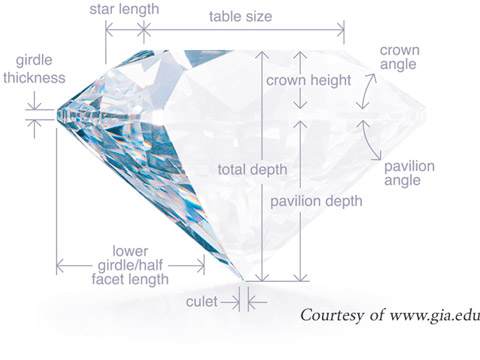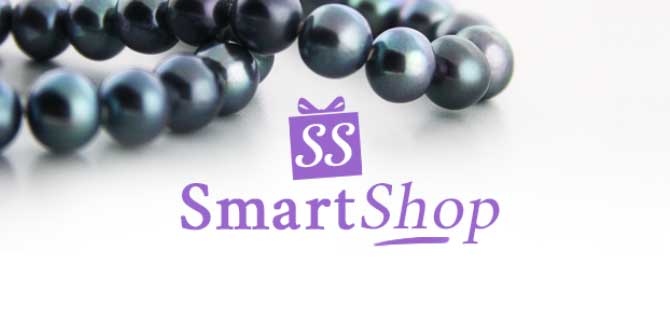 One of the first things most people learn about diamonds is that not all diamonds are created equal. In fact, every diamond is unique. Diamonds come in many sizes, shapes, colors, and with various internal characteristics.
One of the first things most people learn about diamonds is that not all diamonds are created equal. In fact, every diamond is unique. Diamonds come in many sizes, shapes, colors, and with various internal characteristics.
A diamond’s value is often affected by the rarity of one or more of the 4Cs. Colorless diamonds are scarce—most diamonds have tints of yellow or brown. So a colorless diamond rates higher on the color grading scale than a diamond that is light yellow. Value and rarity are related: In this case a colorless diamond is more rare and more valuable than one with a slight yellow color. The same relationship between rarity and value exists for clarity, cut, and carat weight.


